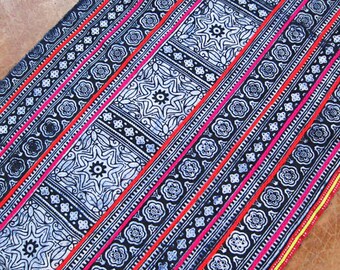Week 2 of the “Be Green” challenge is almost coming to a close, so the challenge is halfway done! This past week has been full of midterms (three to be exact!) to sufficiently busy myself away from thinking about shopping. I rarely buy things online since I hate dealing with the return process if something doesn’t fit right, but I still browse websites very regularly just to keep up to date with what is trending at the moment. This is how I spent a lot of my study breaks, browsing various shops online. Usually I’ll check Forever 21’s online shop (almost daily) to see what’s new since the update their site so often with new product. However, this past week I found myself moving away from looking at Forever but instead looking at Barney’s Warehouse or Revolve clothing, sites with more expensive, better quality items. This Be Green challenge has made me more aware of the over consumption I’ve indulged in, and as a result I want to invest in better items that I know will last a long time in terms of quality and style (rather than shopping so often much at Forever 21 and buying “cheap thrills”). This will guide me to buy fewer but better items in hopes of reducing textile waste through over consumption.
This week’s reading, Speaking through Cloth: Teaching Hmong History and Culture through Textile Art, also reminded me how much meaning textiles and clothing had prior to today’s culture of “quantity over quality” mentality towards clothing. From reading this article, I learned about the intricacies and sentimental value that went into creating the paj ntaub, or story cloths, of the Hmong people. As author McCall mentions in Speaking through Cloth, textile art on clothing was one of the major means of cultural identification for the Hmong people since they were nomadic and had little visual art in their homes. I wanted to see for myself the different types of textile designs native to the Hmong people and here’s what I found:
reverse applique: applique
cross stitch batik
The embroidery and details are so intricate in Hmong textiles that it makes me question how clothing nowadays can be sold at such a low price when obviously so much time is put into making these garments. This brings me back to thinking about the “Be Green” challenge. Learning about the time and meaning that goes into Hmong clothing/textiles has given me a new perspective on clothing. Clothing should be meaningful, valued, and long-lasting, not worn once when it is “trending” and then disposed at the end of the season.
McCall, Ava L.. Speaking through Cloth: Teaching Hmong History and Culture through Textile Arts.” Reader.
Traditional Textiles and Embroideries. (n.d.). Retrieved November 23, 2014, from http://www.artisansofasia.com/traditional_textile.php




No comments:
Post a Comment